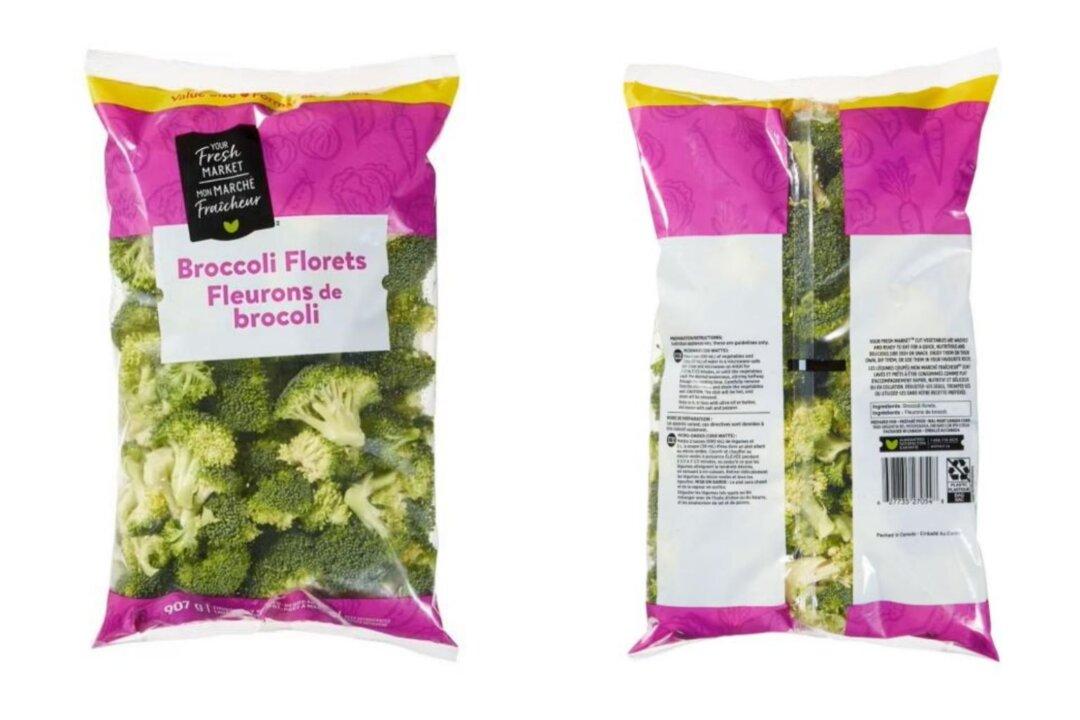Inflation woes have taken precedence over healthy eating for many Canadians as less than one-third of the population is consuming the minimum daily servings of fruit and vegetables recommended by the country’s official food guide, according to a federal audit report.
Published on June 12, the report noted that Canada’s food guide, launched by the government’s Office of Nutrition Policy and Promotion (ONPP) in 2019, is not “reflective of the evolving food environment” Canadians face.





